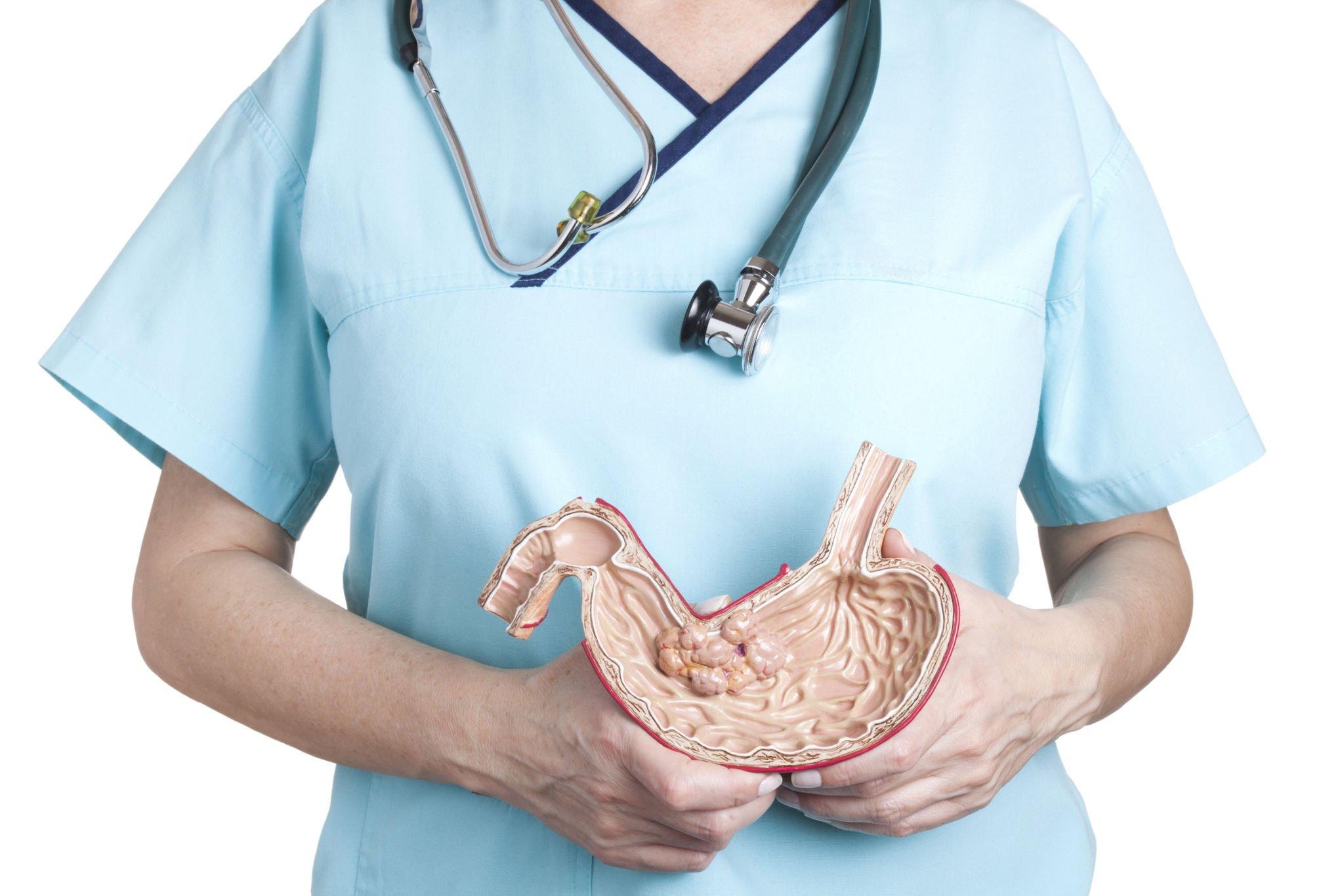A Brief Anatomy of Nissen Fundoplication
GERD or also known as acid reflux disease is a condition where there is a development of gastric-like effects in the esophagus. The patients suffering from this issue will feel like their body is bloated all the time and will experience chest burning sensation.
Nissen fundoplication is one of the many solutions that are available for people suffering from GERD. The focus of this surgical procedure is to repair the valve that has lost its functioning mechanism due to some damage.

The valve is the wall that prevents refluxing of stomach contents back to the esophagus. You can find out more about the procedure by visiting the Webop page.
Contents
Nissen Fundoplication
The levels of para esophageal hiatal hernias are many and are diagnosed in the I to IV stages. These are the patients that will be offered Nissen fundoplication as the first suggested solution for their condition, as they are the ones that have failed to show improvement with all other kinds of treatments.
The possible symptoms that are developed in the case of GERD are –
- Oesophageal ulceration
- Frequent heartburn
- Recurrent strictures
- Severe oesophagitis
- Oesophageal dysplasia
The length and motility of the esophagus in patients will help the surgeons determine whether they are fit to undergo the Nissen fundoplication surgery.
The health of the current esophagus is the main factor as this will determine whether it can withstand the stress from surgery and also the aftereffects of the surgical procedure.

The Process
The procedure of Nissen fundoplication is done as explained below.
- The patient will be put under anesthesia so that they stay secured on the table
- The hops flexed position is chosen in this case and this position is also known as the Trendelenburg position
- The abdomen of the patient will be inflated by pumping carbon-di-oxide gas. The reason here is to make the abdominal region visible to the surgeons as clearly as possible.
- An incision is made on the periumbilical region to allow the entry of the camera into the body.
The helpers or medical students who accompany the procedure will help the surgeon hold the camera in the best way so that the abdominal region is visible to the surgeon.
The damaged oesophageal layer will be slowly removed from the patient’s body. The healthy tissue will be then placed on the damaged region so that they ultimately wrap around the oesophageal region.
Many gapers and retractors, and other such instruments are used in this case to make sure that the surgeon will complete the procedure.
The side effects of the procedure include,

- This is a most-invasive procedure and the chances of scarring are there, even if it is minimal.
- The chances of post-op bloating in patients are noticed in many cases. This can last more than 6 to 8 weeks after the surgery is done.
The best result of the Nissen fundoplication procedure is that the patients can immediately stop taking their medications after the surgery.
They are required to stay not more than overnight and under observation post-op. They are even required to follow a strict diet of semi-solid food for the next 25 to 28 days, till the oesophagus settles.

